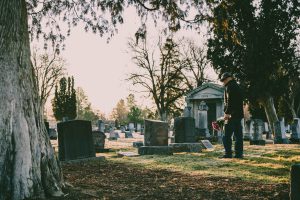
Andrew Marvell was born at Winstead in Holderness, East Riding of Yorkshire, close to the city of Kingston upon Hull. His parents are Andrew Marvell and Anne Pease Marvell.
In addition to being the master of the Hull Charterhouse, his father taught at Holy Trinity Church. Marvell received his education at Cambridge’s Trinity College. Marvell had a lot of trips overseas after graduating, visiting France, Holland, Switzerland, Spain, and Italy.
One of the best-known poems from the 17th century is To His Coy Mistress. In this timeless poem of seduction, Marvell tries to convince his mistress,’ or potential lover, to join him in bed.
To His Coy Mistress is not just a seductive song but also a carpe diem poem, a reminder to live each day to the fullest because life is too short to waste. The three portions that make up To His Coy Mistress each represent a different phase of an argument. Marvell, speaking to his sweetheart, states in the first portion that if life weren’t so brief, the woman’s unwillingness to have sex with him would be acceptable. Marvell laments his missing love while sitting by the Humber River in Hull, England, and his mistress in India near the Ganges, where they are discovering rubies. Long deserts of eternity rather than a full and rich succession of days upon days of lived existence await Marvell and his lady.

Marvell would extol the woman’s eyes and breasts for millennia, since she truly merits such commendation. However, this kind of plan is unrealistic as there isn’t much time left.
The woman’s honor and virginity will be worthless in the future and turn to dust, while Marvell’s love for her will also turn to “ashes,” much like his body did. You know, you can’t make love in the afterlife.
Marvell states that the only logical thing to do in light of what he has just said is to have fun and go to bed together in the third and final portion of To His Coy Mistress. Marvell closes his poem by urging his sweetheart to run with him toward the gates that prevent them from experiencing life to the fullest, combining their might to form a “ball, like a cannonball, which can be used to bombard and destroy the ‘iron gates of life’.”
This poem combines a love poetry with intellectual themes. This poem brilliantly and romantically expresses the concept of love.
Read similar contents here




